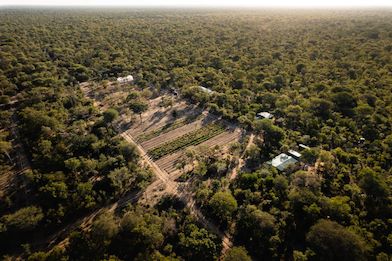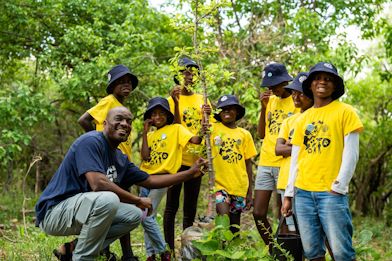Rukariro Katsande explores the intricate and fascinating African culture of totems and kinship in relation to conservation…
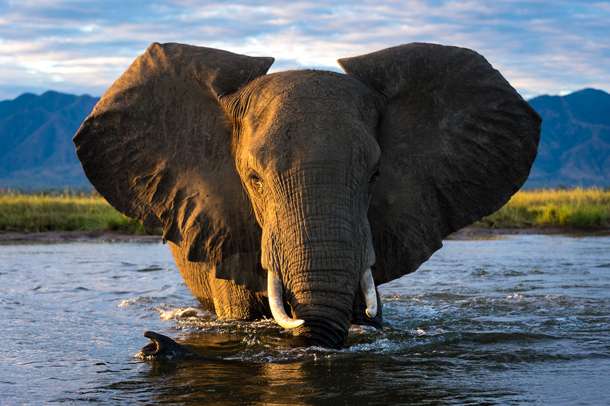
In traditional African culture, kinship is two-pronged and can be established on either bloodline or a totem. Extended family is made up of intricate kinship, with parents, children, uncles, aunts, nieces, nephews, brothers and sisters, all regarding each other as closely related. The word “cousin” does not exist in sub-Saharan languages/dialects, and kinship ends at the nephew and niece level.
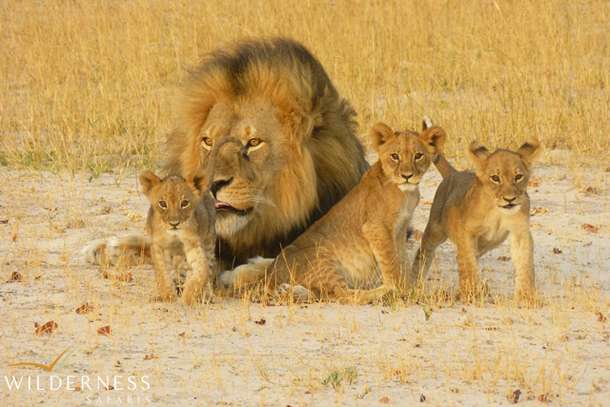
On a father’s side (which is more important being traditionally a patrilineal society) there is the actual father and big and small fathers, brothers and sisters. On the maternal side are uncles, younger and older mothers, nephews and nieces. Totems protect against taboos such as incest among like totems.

The concept of using totems demonstrated the close relationship between humans, animals and the lived environment. Anthropologists believe that totem use was a universal phenomenon among early societies. Pre-industrial communities had some form of totem that was associated with spirits, religion and success of community members. Early documented forms of totems in Europe can be traced to the Roman Empire, where symbols were used as coats of arms, a practice which continues today.

In Africa, chiefs decorated their stools and other court items with their personal totems, or with those of the tribe or of the clans making up the larger community. It was a duty of each community member to protect and defend the totem. This obligation ranged from not harming that animal or plant, to actively feeding, rescuing or caring for it as needed. African tales are told of how men became heroes for rescuing their totems. This has continued in some African societies, where totems are treasured and preserved for the community’s good.
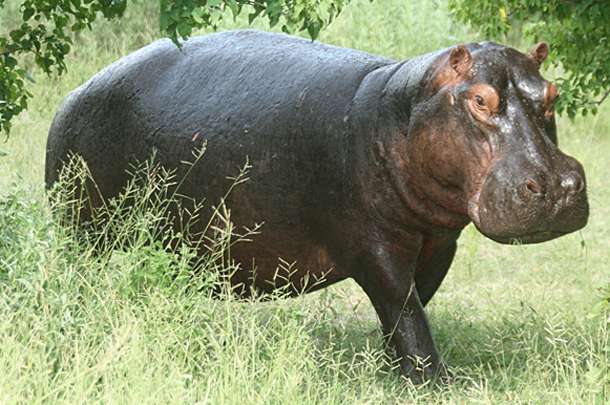
Totems have also been described as a traditional environmental conservation method besides being for kinship. Totemism can lead to environmental protection due to some tribes having multiple totems. For example, over 100 plant and animal species are considered totems among the Batooro (omuziro), Banyoro and Baganda (omuzilo) tribes in Uganda, a similar number of species are considered totems among tribes in Congo (DRC) and the Central African Republic, (CAR).
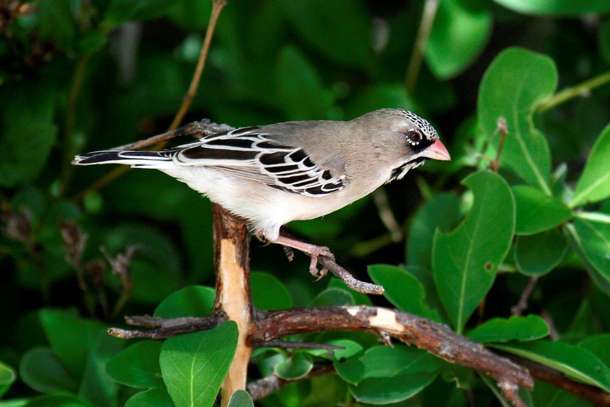
In Zimbabwe, totems (mitupo) have been in use among the Shona groupings since the initial development of their culture. Totems identify the different clans among the Shona that historically made up the dynasties of their ancient civilization. Today, up to 25 different totems can be identified among the Shona ethnic grouping, and similar totems exist among other South African groups, such as the Zulu, the Ndebele, and the Herero in Botswana and Namibia.
Those who share the same totem regard each other as being related even though they are not blood relatives and will find difficulty in finding approval to marry. Through totem use one can practically establish some form of kinship with anyone else in the region. Establishing relationships this way made it easier for a traveller or stranger to find social support. Totems are also essential to cast a curse.
Today, the Uganda Wildlife Education Centre uses a community-based approach for animal protection. Individuals are encouraged to donate funds for feeding animals in the former zoo. Donations are applied to the donor's totem; such a donation is considered an act of "feeding one's brother" who is unable to feed himself. By taking their cue from such activities, environmental activists can use knowledge of totems and their cultural significance to revitalize environmental awareness, especially where animal protection laws are weak and unimplemented, and where the community has become detached from the environment.
Sources
* Chinoda PM, (2010) “Moodie’s Boy: Growing Up in Africa” Xlibris Corporation
* Magelah P (2007), “Totem”, The Encyclopaedia of Earth, http://www.eoearth.org/view/article/156667/
